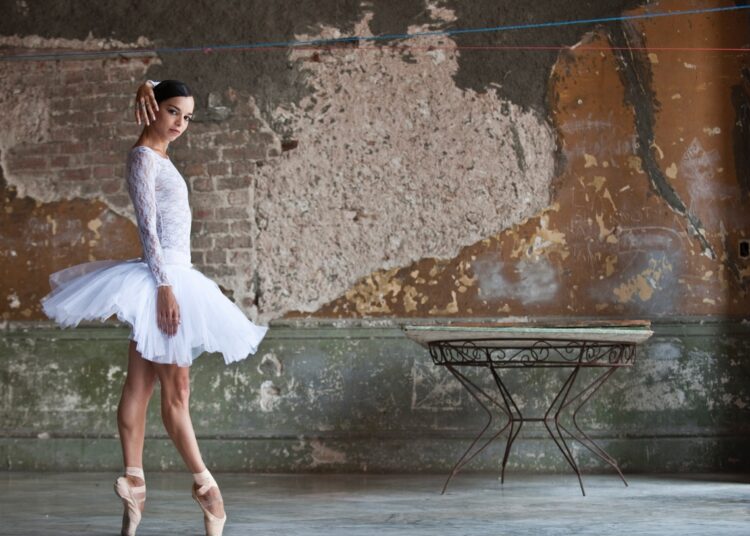On September 22, 1994, Viengsay Valdés made her debut in Majísimo at the Teatro Apolo, in Güira de Melena. That day marked the beginning of an intense stage career that reaches, around these days, 30 years.
Today it is not possible to talk about Cuban ballet of this century without mentioning Viengsay. Therefore, three decades after the professional debut of the current general director of the National Ballet of Cuba (BNC), we pay tribute to her career in dance.
The public that packed the Avellaneda Hall of the National Theater of Cuba on September 14 participated in that celebration. In a gala starring herself, the prima ballerina wanted to celebrate by dancing, just two years after she returned to the stage after a temporary maternity leave.
The walls of the Avellaneda still throb from that thrilling night in November 2022 when Viengsay was reunited with the stage, among many other times. On that occasion, Valdés starred in the last day of an eclectic season of the classic Giselle. The young peasant girl was embodied in other days of the 27th edition of the Alicia Alonso International Ballet Festival of Havana by several international figures: the Russian Maria Kochetkova, the Italian Susanna Silva and the Cubans Anette Delgado and Yolanda Correa.
That night, as so many times, Viengsay came out to deliver her truth, technical skill and interpretative talent on pointe. “It is not the same to represent a character than the other way around, as she does: the character makes Viengsay,” said on one occasion the maestro Fernando Alonso, one of the founders, together with Alicia and Alberto Alonso, of the teaching method that we know as the Cuban school of ballet.
Viengsay being on stage is a guarantee of enthusiasm and delight for her audience. She knows how to be the naive and unhappy Giselle, a dual Odette/Odile, an irreverent Carmen, a flirtatious and energetic Kitri in Don Quixote, a mischievous Swanilda in Coppelia, or the diva full of enigmas that she represents in Lucille, the most recent premiere of the BNC, signed by Johan Kobborg.
All of them, to mention some of the most familiar to the general public, have been Viengsay Valdés and for all of them, she has garnered praise and admiration on stages inside and outside of Cuba.
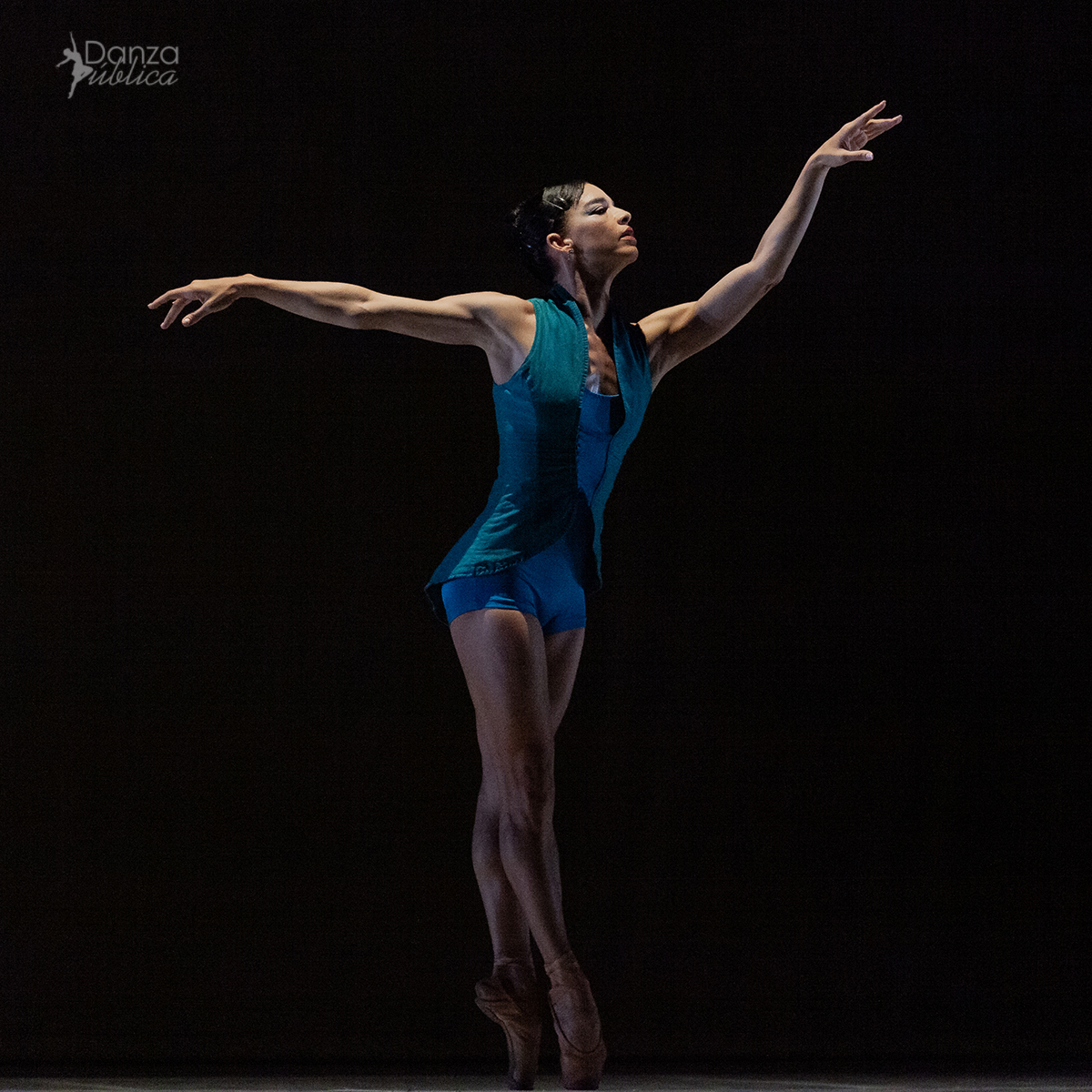
The spectators recognize in this artist a dual temperament: “of steel and cloud,” as Carlos Tablada points out in the dancer’s biography published in 2014 by the Letras Cubanas publishing house. Strength wrapped in sweetness is an inherent feature of Viengsay’s stage performance.
After her debut in 1994, the student of Mirtha Hermida, Ramona de Saá, Adria Velázquez, Magaly Suárez, Valentina Fernández, Amparo Brito, René Cárdenas, Marina Villanueva, Josefina Méndez, Loipa Araújo, Aurora Bosch, Mirta Plá, Elena Madam, Svetlana Ballester, Félix Rodríguez and Alicia Alonso — to name just a few of her mentors — grew and became great, performance after performance. And the audience was a witness.
A night to tell a life
At 8:30 p.m., in the middle of the darkness, a light illuminated the left side of the room. She came out of the audience, dressed in a white lace shawl, equipped with her tights, slippers, a bag: what she needed for her rehearsals, as so many times throughout 30 years of work.
But this was not a rehearsal. Amidst emotionful applause, Viengsay Valdés took center stage and began to warm up with the support of the bar.
Thus began the evening that she would give us, under the artistic direction of the maestra Svetlana Ballester. From her was born the concept and choreography of Viengsay’s entrance, My Life…Ballet, a way of illustrating the artist’s daily life: the rehearsals, the conception, the costumes — Giselle, Coppelia, Carmen, Lucía Jerez…. The spatial location was established by the music: “Mi ayer,” by Ñico Rojas, and Tchaikovsky were heard, performed in arrangements by the maestro Idalgel Marquetti.
That was a true-to-life way of entering the situation and of warming up the body of the performer. Also the looks of the spectators for what was to come next.
A curtain falls and the rehearsal becomes a performance. Viengsay makes a full-blown declaration of intent while Non, je ne regrette rien is heard, and with a solo by Ben van Cauwenbergh, the dancer translates Edith Piaf’s voice into movement. “No, I don’t regret anything,” the song goes, while Viengsay reaffirms it with the force of her gestures.
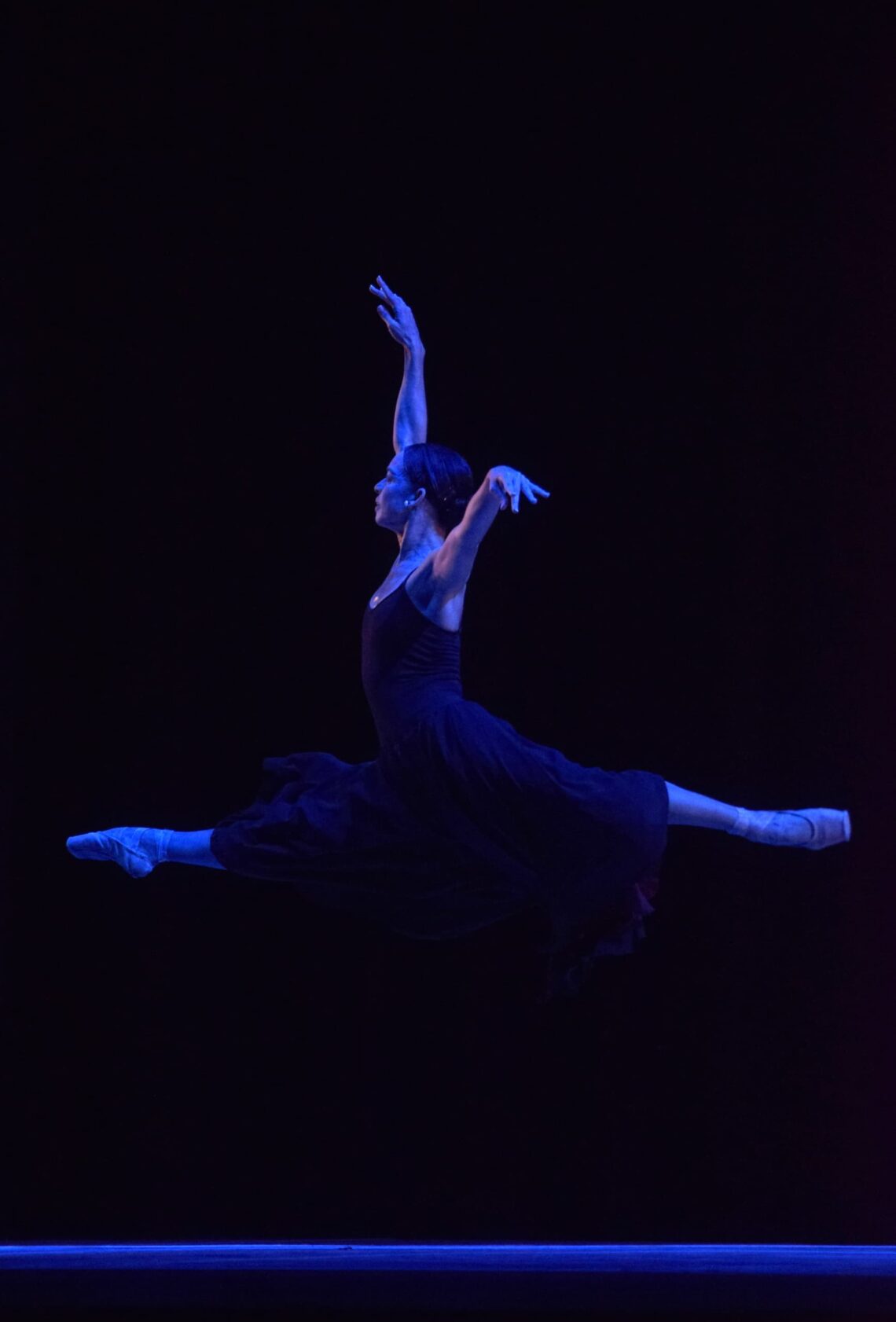
“The body language of this dancer runs the gamut of a more than refined technique because it is filtered through the nuances of our sensitivity, bulletproof, which confirms its transparency between the two shores of the ocean,” Nancy Morejón pointed out in her words of greeting to the guest of honor. Next, a scene from the first act of Sleeping Beauty came to confirm these ideas, at that point almost prophetic.
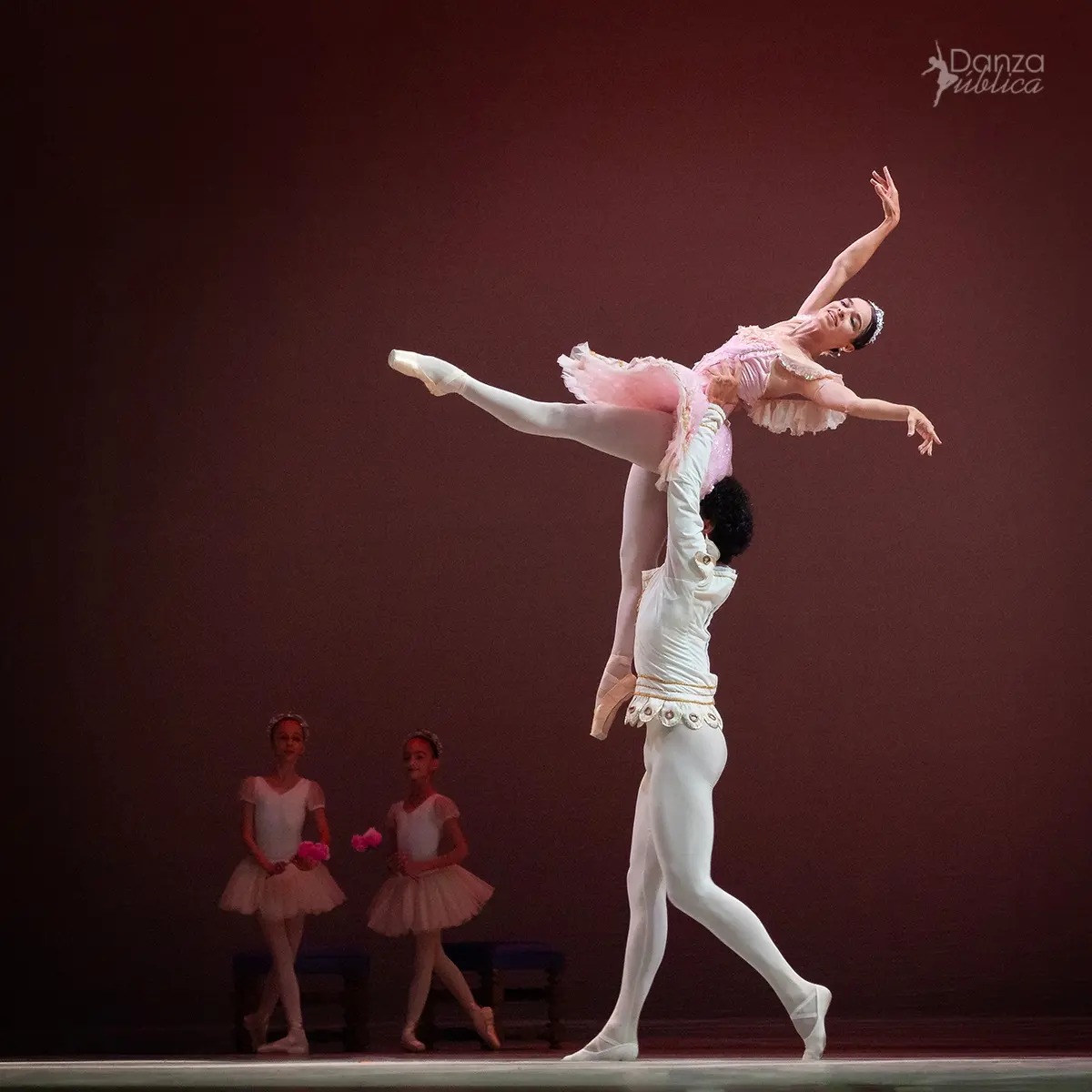
With Aurora, she experienced the technical display in Adagio of the rose, supported by the first dancer Dani Hernández, as well as the young Alejandro Alderete, Ixán Ferrer, Bertho Rivero and part of the corps de ballet.
What followed, Después del diluvio, by Alberto Méndez, was a moment for the youngest members of the group. It was an abstract piece, an exclusive jewel of the repertoire of the National Ballet of Cuba, rescued after 13 years of its last performance.
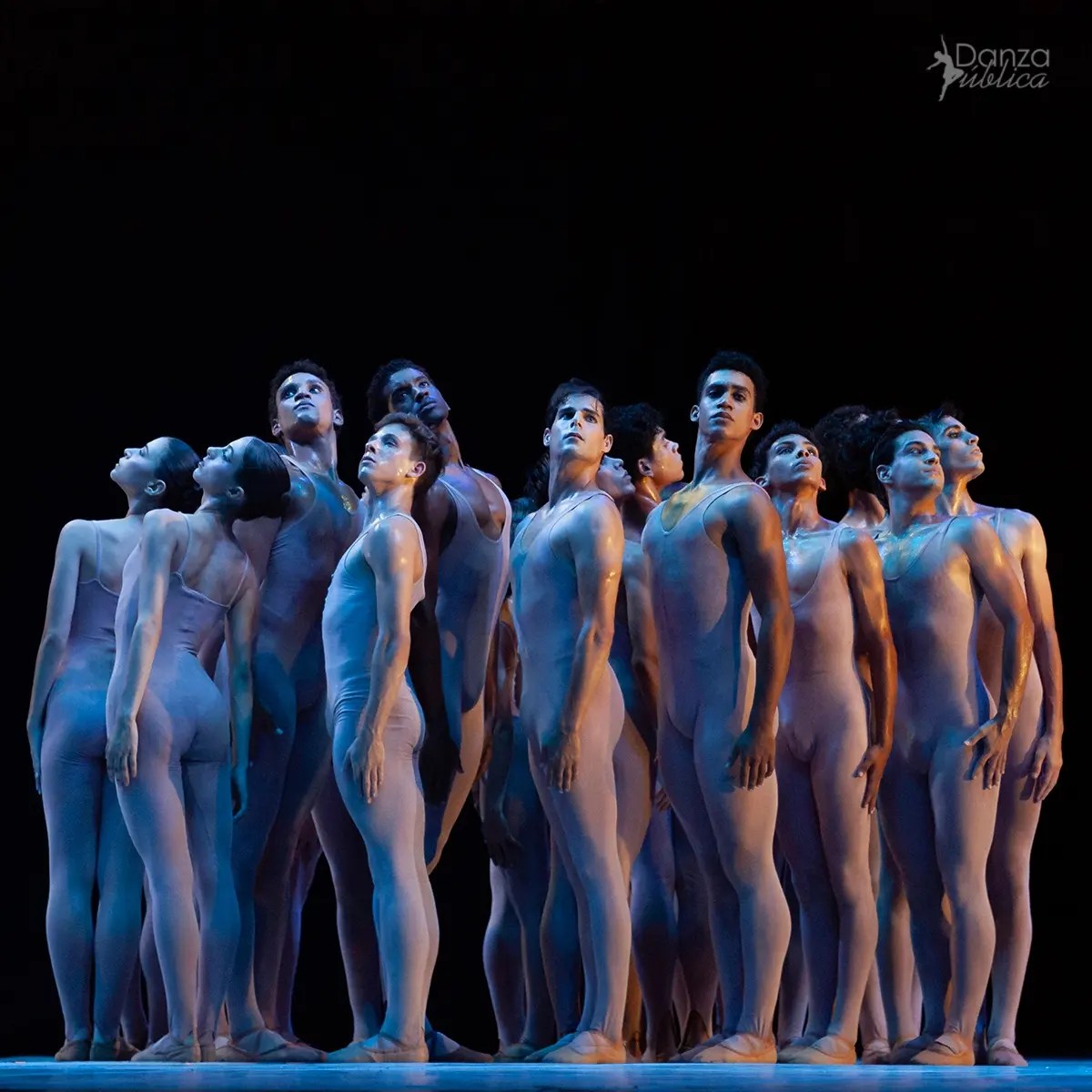
After that, Viengsay and Ányelo Montero appeared on stage with a phenomenal pas de deux. Loss, from the piece Love Fear Loss, by Ricardo Amarante, was a display of harmony and genius between both performers, with a shocking dramatic charge.
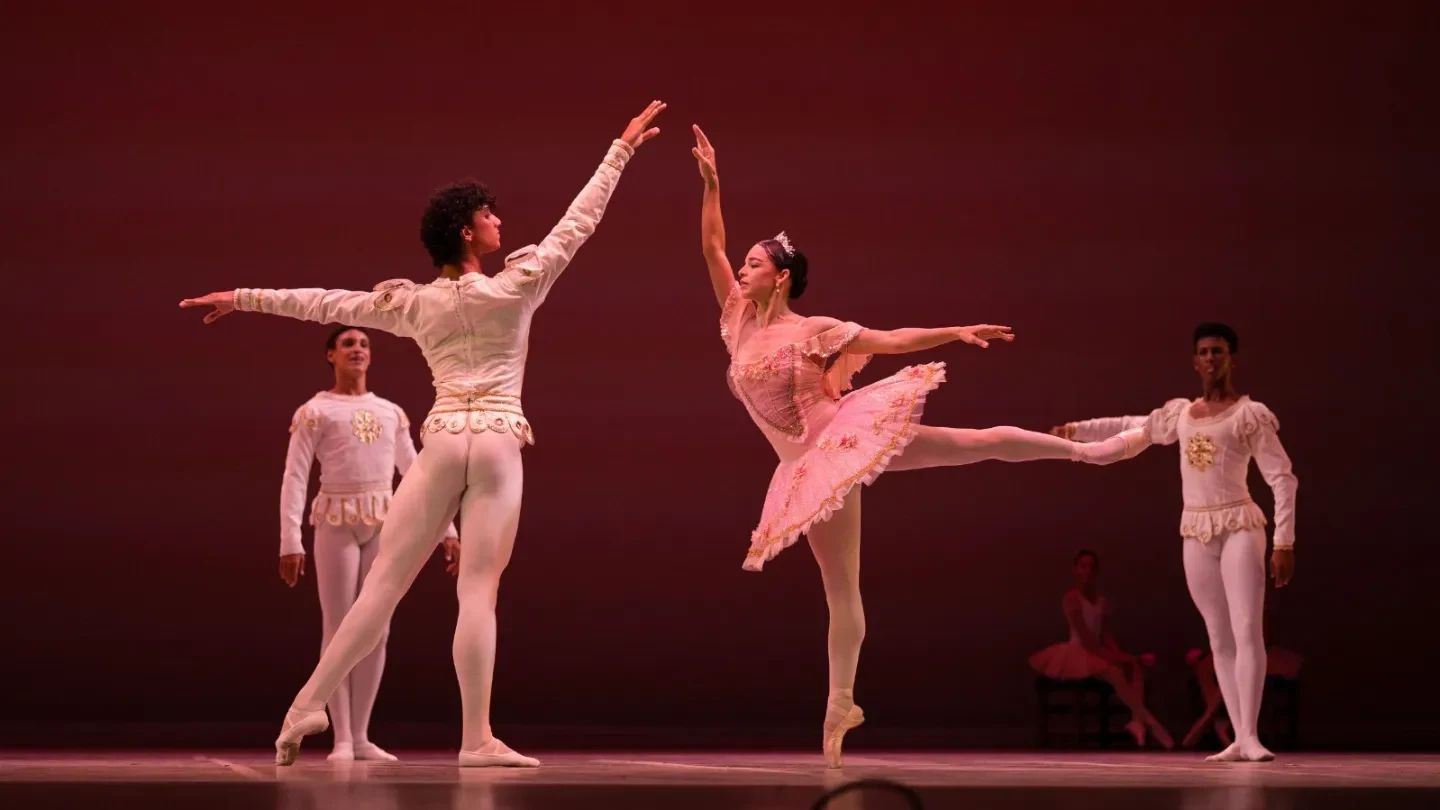
This is one of the pieces that the company has commissioned in recent years from various creators to enrich its repertoire. Among them are Concerto DSCH by Alexei Ratmansky, Seventh Symphony by Uwe Scholz, various creations by the British Ben Stevenson, The Ninth Hour by Gemma Bond, Apparatus by Raúl Reinoso and, more recently, Lucille by Johan Kobborg, among many others.
Experiencing the loss in that great love, Love Fear Loss, on stage, we were left with the promise of a second moment in the evening, in which we would see one of the roles in which the interpreter has most consecrated herself in her three decades of work: Kitri.
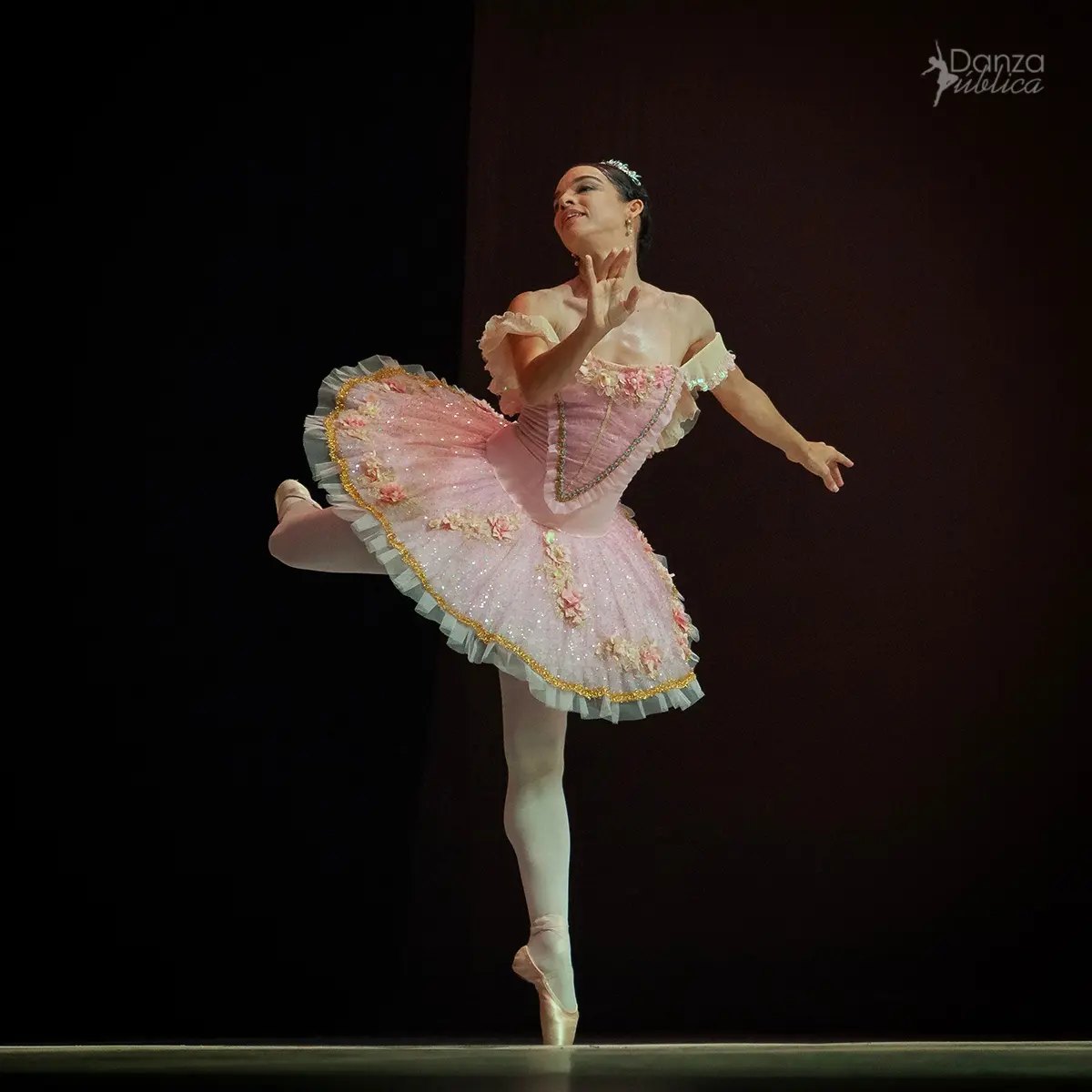
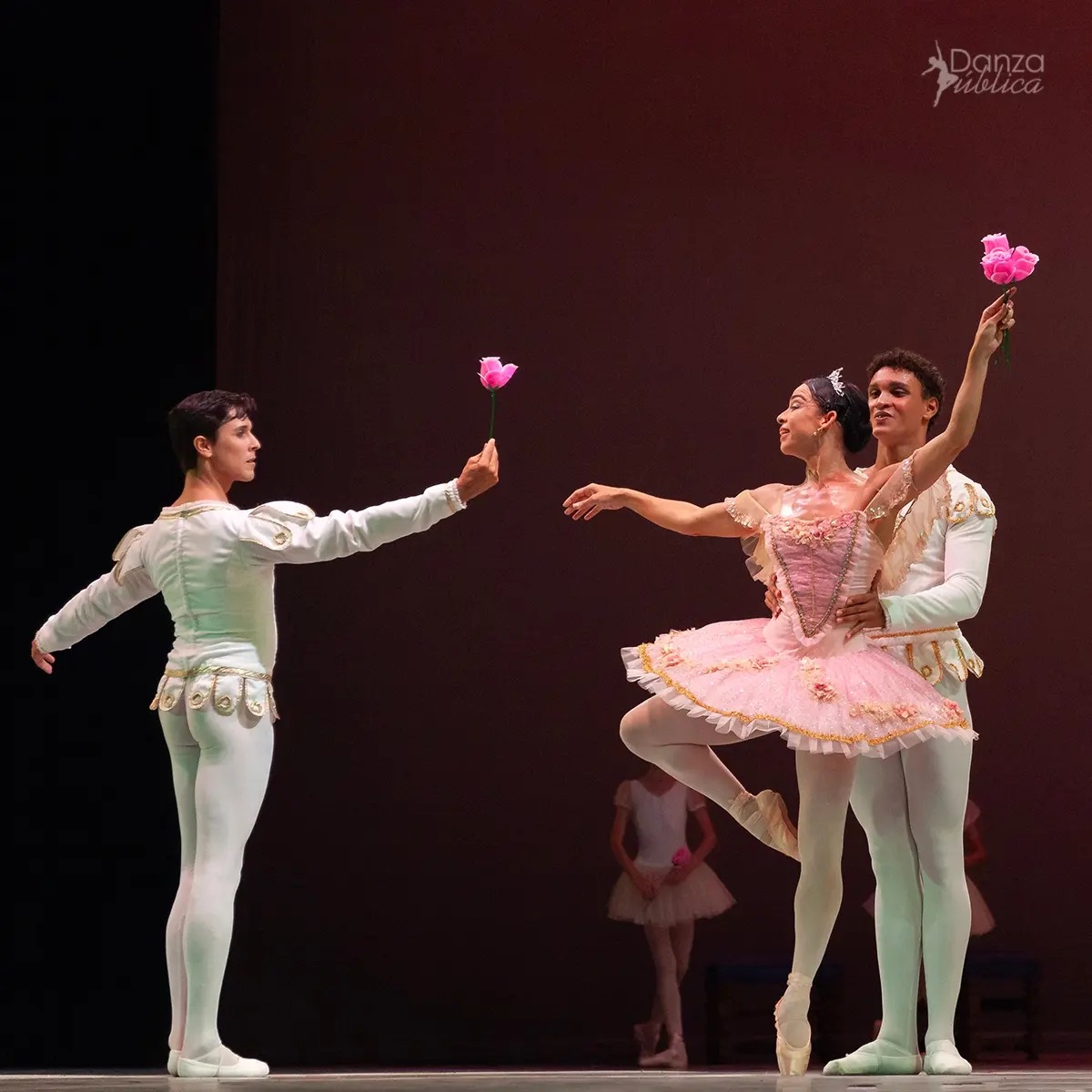
With Don Quixote — scenes from the first and third acts of this classic, recreated by the Maestra Svetlana Ballester, based on the version by Alicia Alonso, Marta García and María Elena Llorente — the night of tribute and shared joy came to an end. Viengsay’s Kitri — accompanied on this occasion by the first dancer Dani Hernández —, once again brought the audience to its feet.
Without the applause ceasing, Viengsay appeared alone on stage. The rest of the members of the National Ballet of Cuba joined her, because Viengsay’s history is inseparable from the company founded 75 years ago by Alicia, Fernando and Alberto Alonso.
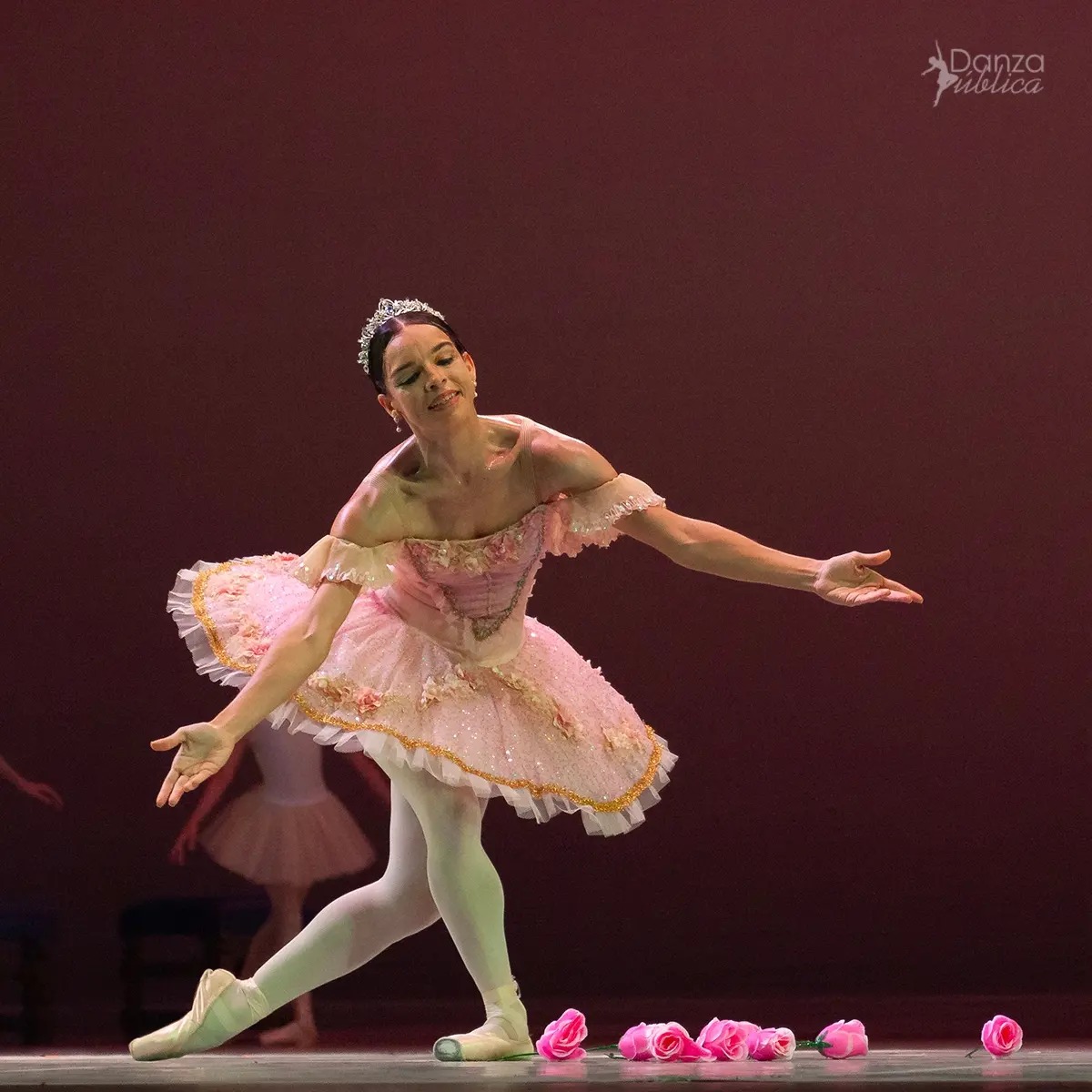
The prima ballerina assoluta commissioned her to continue the work and pursue the endeavor to convene, assemble and build the boundless path of what we know as “the miracle of the Cuban ballet.” Since she assumed the direction of the BNC in 2020, Viengsay Valdés has added to her imprint as a dancer the arduous work of management, guidance and defense of a legacy.
She has fulfilled her role with the courage of someone who knows how to transform in order to seek artistic evolution, despite a complex national daily life that also affects the development of the arts.
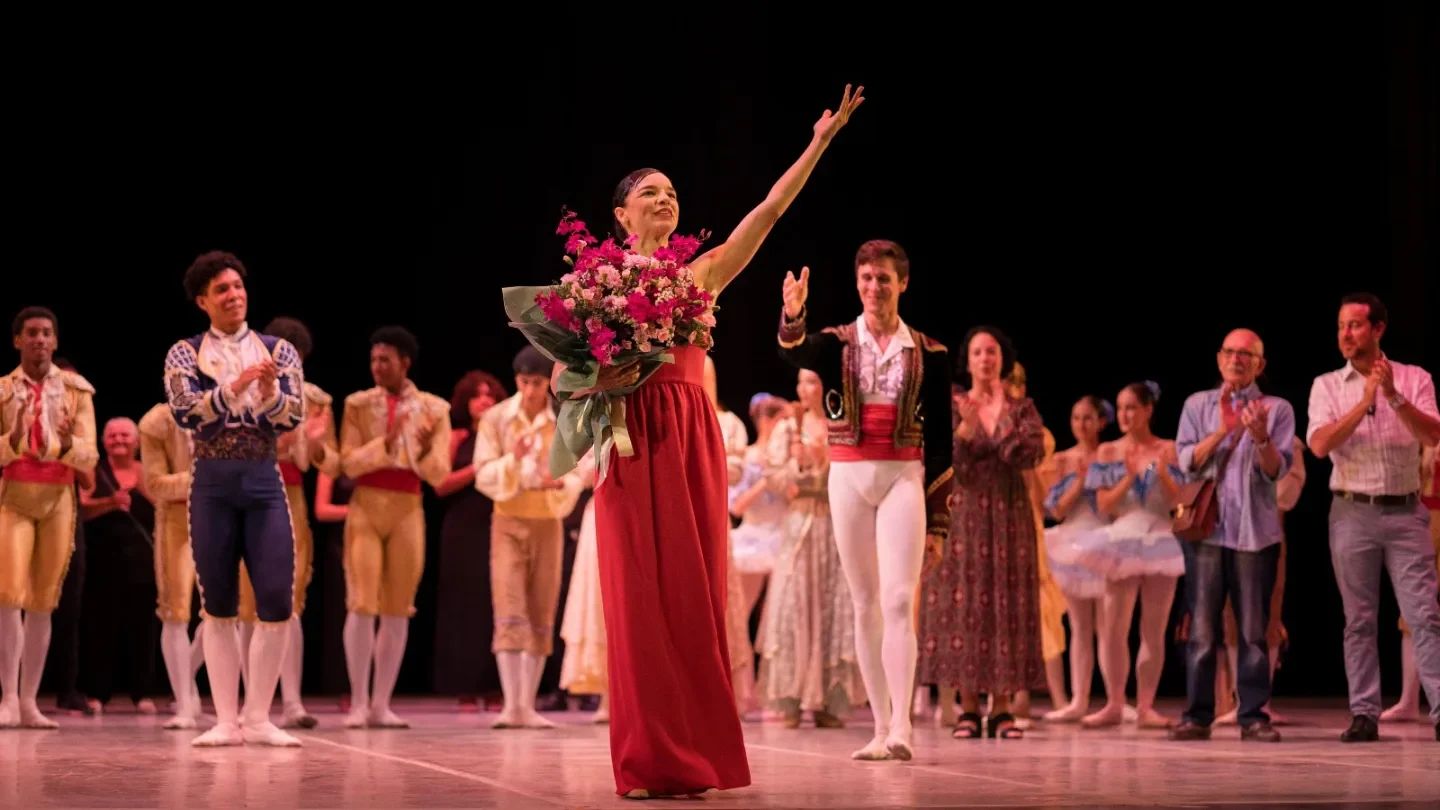
The journey is long. It takes a lot of courage to hold the oars with both hands and move forward, despite the storm. Viengsay Valdés has it; she faces the challenge. It is pleasant to know that she has not been alone, that dozens of paladins, dancers, administrators, technicians work alongside her, and that Cuban creators and artists respond to her call and today shine in other companies and other lands.
As an audience, it is comforting to know that Viengsay, with her steely and cloudy temperament, continues to row with the freshness of her third decade in the arts, so that Cuban ballet continues to be a reality to enjoy and celebrate together.

